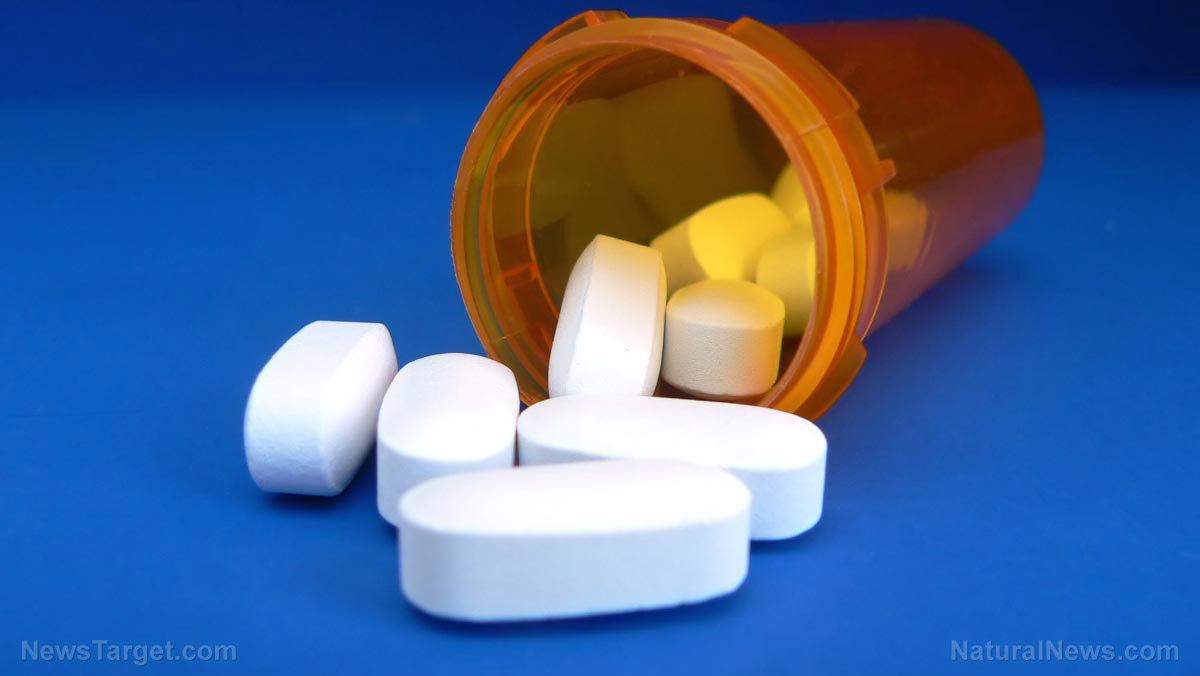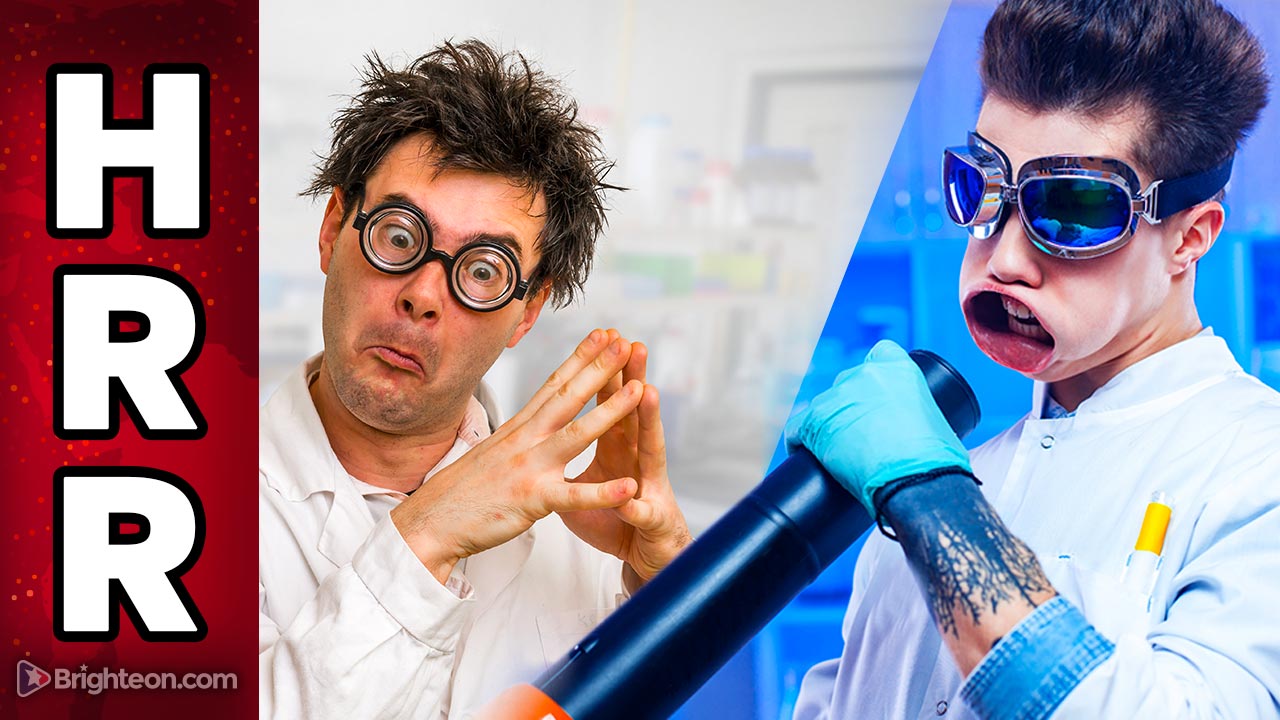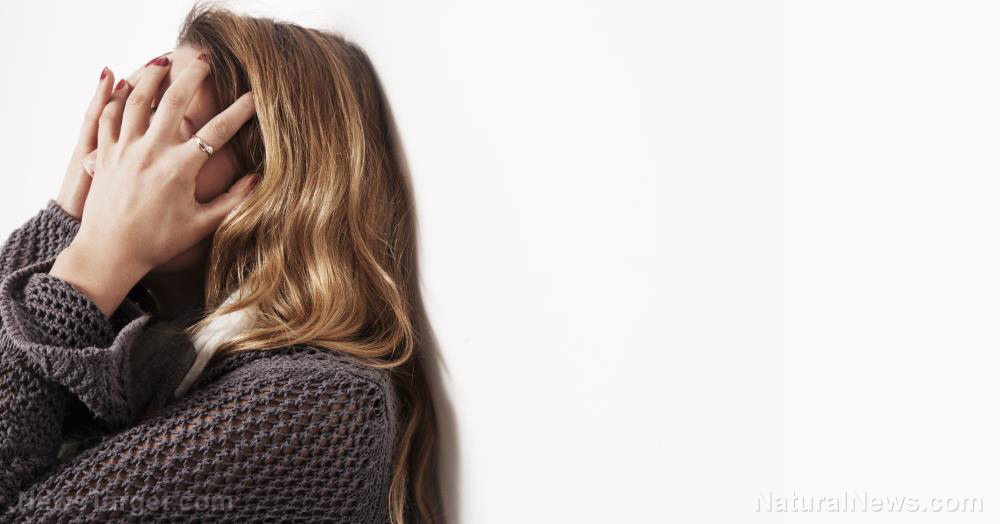
In the aftermath of every mass shooting in the United States – and such shootings take place with shocking regularity – the discussion always seems to be about the weapon used by the shooter. All anybody seems interested in is getting guns out of the hands of the American public, with the assumption being that to remove these weapons would be to erase the risk. What hardly anyone in the mainstream media ever seems to question, though, is why these killers are inclined to want to murder a whole bunch of people in the first place. The theme seems to be: The shooter was “troubled,” but ban the guns and the problem will go away.
This thinking is flawed on many levels, not least of all because guns are certainly not the only weapons people can lay their hands on. While an automatic weapon might claim more victims, a motivated killer could certainly kill and injure a good number of people using another form of weapon –a knife, sword or poison, for example.
The point is this: Unless and until we get to the root cause of understanding why these people – who are predominantly adolescents and young adults – set out to kill others, the weapon of choice may change, but the final result will not. People will still die. Is it somehow more acceptable if only two or three people are killed by a crazed young person with a sword, rather than if a dozen die at the hand of a shooter?
The logical first step to actually stopping the scourge of mass killings is to look for a common denominator between the killers. And, while the mainstream media might not tell you so, there is a theme that runs through most, if not all, mass shootings: The use of mind-altering antidepressant or antipsychotic medications.
Everybody knows it – in the media, at any rate – but nobody talks about it. In fact, when independent media leaders like Mike Adams, founder and editor of Natural News, report on the link between these drugs and mass shootings they are branded “conspiracy theorists.” (Related: Every mass shooting over the last 20 years has one thing in common – and it isn't guns.)
Well, as David Kupellian of WND, noted:
Here’s a good way to tell whether or not something is a conspiracy theory: If it’s true, it’s not a conspiracy theory.
So, what do the facts tell us about mass shooters and mind-altering drugs?
Several studies can be consulted to find the answer to this question.
When the data from a now infamous Glaxo SmithKline (GSK) study known as “329” was reexamined by unbiased scientists, two startling discoveries were made: Firstly, paroxetine (Paxil) a popular type of SSRI antidepressant, offered virtually no more benefits than placebo. Secondly, the risk of a serious adverse event which resulted in “hospitalization, was associated with suicidal gestures, or was described by the treating physician as serious," was five times higher in the group on the medication than for those who were taking a placebo.
The company [GSK] ultimately paid a $3 billion fine for its marketing of the drug to children and adolescents — an off-label use that cannot be marketed under U.S. law, and which GSK claimed was supported by "remarkable efficacy and safety" demonstrated by this particular study.
After analyzing 372 clinical trials of antidepressant medications involving over 100,000 people, the Food and Drug Administration (FDA) determined that patients under the age of 18 on antidepressant medications carry double the risk of suicidal thinking or behavior. For this reason, since 2004, such medications have carried a “black box warning” – the most serious warning available – that antidepressants are “associated with an increased risk of suicidal thinking, feeling and behavior in young people.”
Is it a stretch to believe that a medication that doubles your risk of harming yourself could increase the risk that you will harm others?
The website PsychDrugShooters.com details over 100 school shootings carried out by individuals who were taking psychiatric medications.
If every single shooter in 100 mass shootings had their hair dyed blue or exhibited some other specific characteristic every media outlet in the country would broadcast the fact. So, why is it that when a dangerous class of drugs is implicated in virtually every mass shooting in the country there is nothing but deafening silence from the media?
Could it have anything to do with the billions in revenue Big Pharma generates from these drugs each year? Find more coverage of medication-induced violence at MedicalViolence.com.
Sources include:
Please contact us for more information.





















